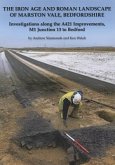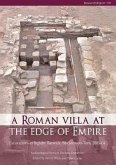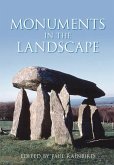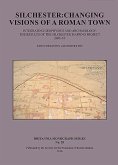The Raunds Area Survey forms part of the Raunds Area Project - a major programme of archaeological research into landscape development in Northamptonshire and the wider midland region of England. The Project includes extensive open area excavations of early prehistoric ritual and burial monuments beside the River Nene, Iron Age and Roman settlement at Stanwick, and Saxon and medieval settlement in north Raunds and West Cotton, as well as complementary landscape, historical and biological studies. A series of monographs are planned to cover each aspect of the study. The present volume gathers the results of a detailed fieldwalking survey, cropmark analysis, magnetometer surveys and excavations, accompanied by allied environmental and documentary researches to provide a dynamic picture of landscape development. The study considers the distribution of worked flint scatters and has identified favoured locations for prehistoric activity. A model for the gradual intensification of settlement and land-use throughout the Iron Age and Roman period including greater exploitation of the Boulder Clay plateau is suggested. Good survival of early-middle Saxon pottery in the plough soil indicates that settlement at this time was mostly confined to the flanks of the Nene valley and tributary streams. The Survey, aided by documentary research, complements the open area excavations and provides a comprehensive model for the creation and early development of villages and open fields.

![Raunds Area Survey: An Archaeological Study of the Landscape of Raunds, Northamptonshire 1985-94 [With Map] - Parry, S. J. Raunds Area Survey: An Archaeological Study of the Landscape of Raunds, Northamptonshire 1985-94 [With Map] - Parry, S. J.](https://bilder.buecher.de/produkte/20/20969/20969077n.jpg)



![Cambourne New Settlement: Iron Age and Romano-British Settlement on the Clay Uplands of West Cambridgeshire [With CDROM] Cambourne New Settlement: Iron Age and Romano-British Settlement on the Clay Uplands of West Cambridgeshire [With CDROM]](https://bilder.buecher.de/produkte/27/27054/27054070m.jpg)


![The Roman Cemetery at Brougham, Cumbria: Excavations 1966-67 [With CDROM] The Roman Cemetery at Brougham, Cumbria: Excavations 1966-67 [With CDROM]](https://bilder.buecher.de/produkte/33/33401/33401561m.jpg)